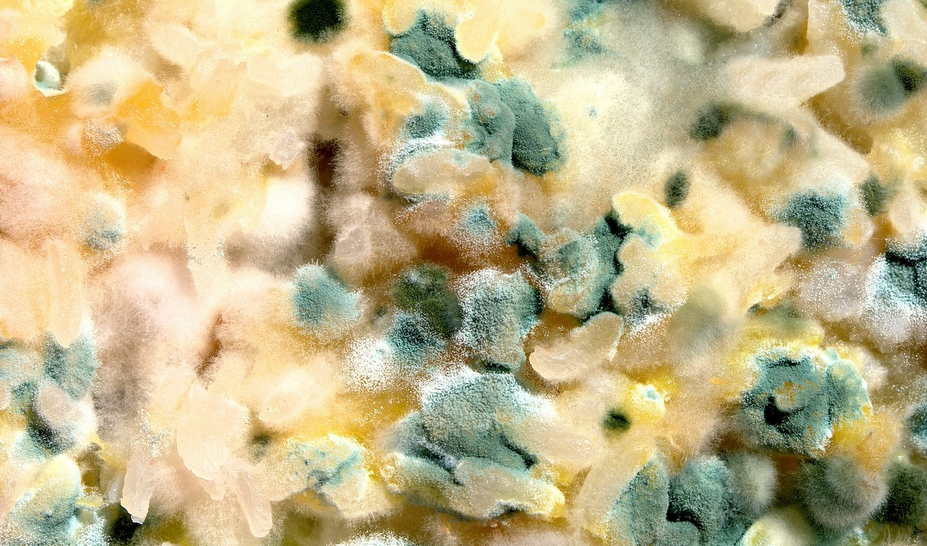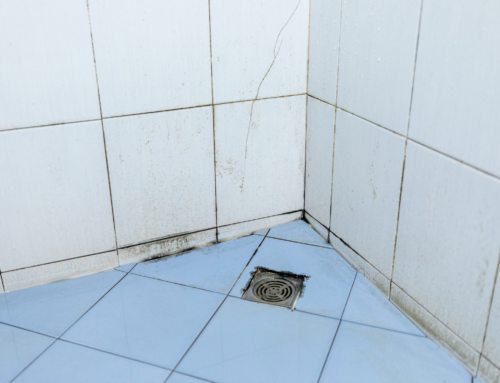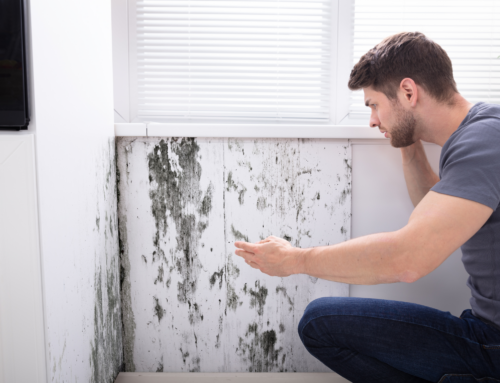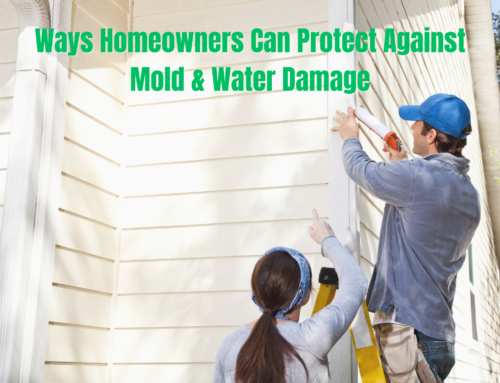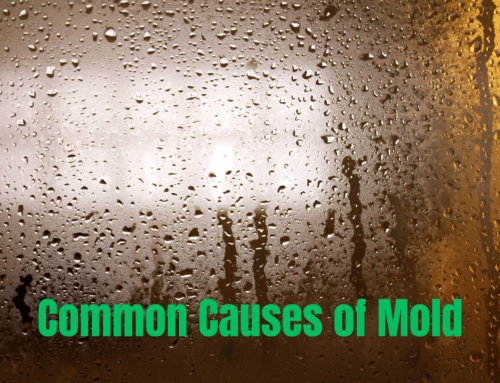When we see mold, most of us tend to cringe and feel sick to our stomach. Between the look of the splotch of mold and the musty odor that comes with it, it’s enough for anyone to have immediate distaste. And if there’s one thing most people know about mold, it’s that it spreads rapidly. If you are just now noticing the mold, chances are that it popped up recently. It only takes a few days, and sometimes even a few hours, for mold to expand. As long as the environment it’s in is hot, humid, and wet, you can count on the mold to make its presence known. Most of us know this fungus when we see it. But did you know that there are different kinds of mold? And unique ways to get rid of it? The Tri-County All Restorations team, experts in mold remediation in Oakland Park, have all the mold information you need.
What Kinds of Mold Are There?
There are many different types of mold. And it all comes in different colors. Black mold is what many people will commonly see in their homes. However, there are green, brown, and even pink variations of mold. And with each color, comes different harmful effects on human health and your property.
Ulocladium
The first type of mold and one of the more common kinds is black mold, known as Ulocladium. You can find this fungus growing in those extremely warm, wet, and humid areas. Although most mold grows in a similar atmosphere, this kind takes it to the next level by growing in showers, under sinks, and basements. People who have this mold in their home can develop hay fever, skin infections, and eventually, have a hard time breathing.
Black Mold
This kind of mold is also black but is found in different places. It’s called Stachybotrys. Many people deem this mold as the toxic kind because of all of the harmful health side effects it can bring on, including fever, fatigue, sinusitis, difficulty breathing, frequent coughing, and headaches. The longer you live with this mold in your home, the more likely you are to develop these symptoms. This mold tends to be found on organic matter, cardboard, and wood.
Pink Mold
Pink mold is similar to Ulocladium in that it tends to form in areas that water frequents, such as sinks and showers. But, this mold is luckily not nearly as harmful. The only time people find that it affects them is when it touches cuts, scrapes, and other wounds.
Aureobasidium
The Auerobasidium type of mold is also pink in color, but it turns darker and darker as time goes on, eventually looking dark brown. This mold is a little bit more difficult to spot as it starts as a lighter pink. But to add to this, it’s usually only found behind wallpaper or on wood surfaces, where it can best blend in.
Alternaria
Last but not least, Alternaria mold. This mold is found near or around water-damaged areas of the home. Its colors are dark green or brown and have a soft-looking texture to them. This kind also causes a lot of respiratory problems for people. Sometimes even bringing on symptoms similar to asthma.
How Do You Get Rid of Mold?
Regardless of what kind of mold your home has, the only way to get rid of it is to have mold remediation in Oakland Park done. You may think you can tackle the problem on your own, but it’s a lot more difficult than it looks. Mold is pesky and grows at an alarming rate. With that said, the best thing to do is reach out to a team of experts who have experience with mold remediation in Oakland Park, such as Tri-County All Restorations.
Reach Out to Us Today!
As soon as you spot mold in your home, reach out to the Tri-County All Restorations team. We can head over and start our mold evaluation. Once we know what kind of mold you have in your home, we can get started on the mold remediation in Oakland Park. To learn more, reach out to our team today at (954) 280-7871.

